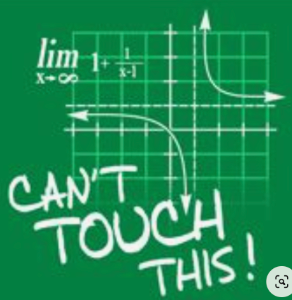Rational functions (AA HL 2.13) (Linear over quadratic)
Keywords
| Rational Function | 有理関数 | 유리 함수 | 有理函数 |
| Vertical Asymptotes | 垂直漸近線 | 수직 점근선 | 垂直渐近线 |
| Domain | 定義域 | 정의역 | 定义域 |
| Horizontal Asymptote | 水平漸近線 | 수평 점근선 | 水平渐近线 |
| Simplify | 簡単化 | 단순화 | 简化 |
| Degree of Numerator and Denominator | 分子と分母の次数 | 분자와 분모의 차수 | 分子和分母的次数 |
| Holes (Removable Discontinuities) | 穴(取り除ける不連続性) | 구멍 (Removable Discontinuities) | 孔(可去不连续性) |
| Transformations | 変換 | 변환 | 变换 |
| Intercepts | 切片 | 절편 | 截距 |
Inquiry questions
Factual Questions
| Conceptual Questions
| Debatable Questions
|

1. What patterns do you notice in the graph when the coefficients of the quadratic in the denominator are altered?
2. How does changing the coefficient 'a' in the numerator (ax + b) impact the graph of the function? Consider both positive and negative values.
3. Identify the vertical asymptotes of the function and relate them to the denominator's factors. How do they shift when you tweak 'c', 'd', and 'e'?
4. Examine the horizontal asymptote or the end behavior of the function. What happens as x approaches positive or negative infinity?
5. Can you find a set of coefficients where the graph crosses the horizontal asymptote?
6. Challenge: Create a scenario where the function has a "hole" (a removable discontinuity). What condition on the coefficients would lead to this situation?

